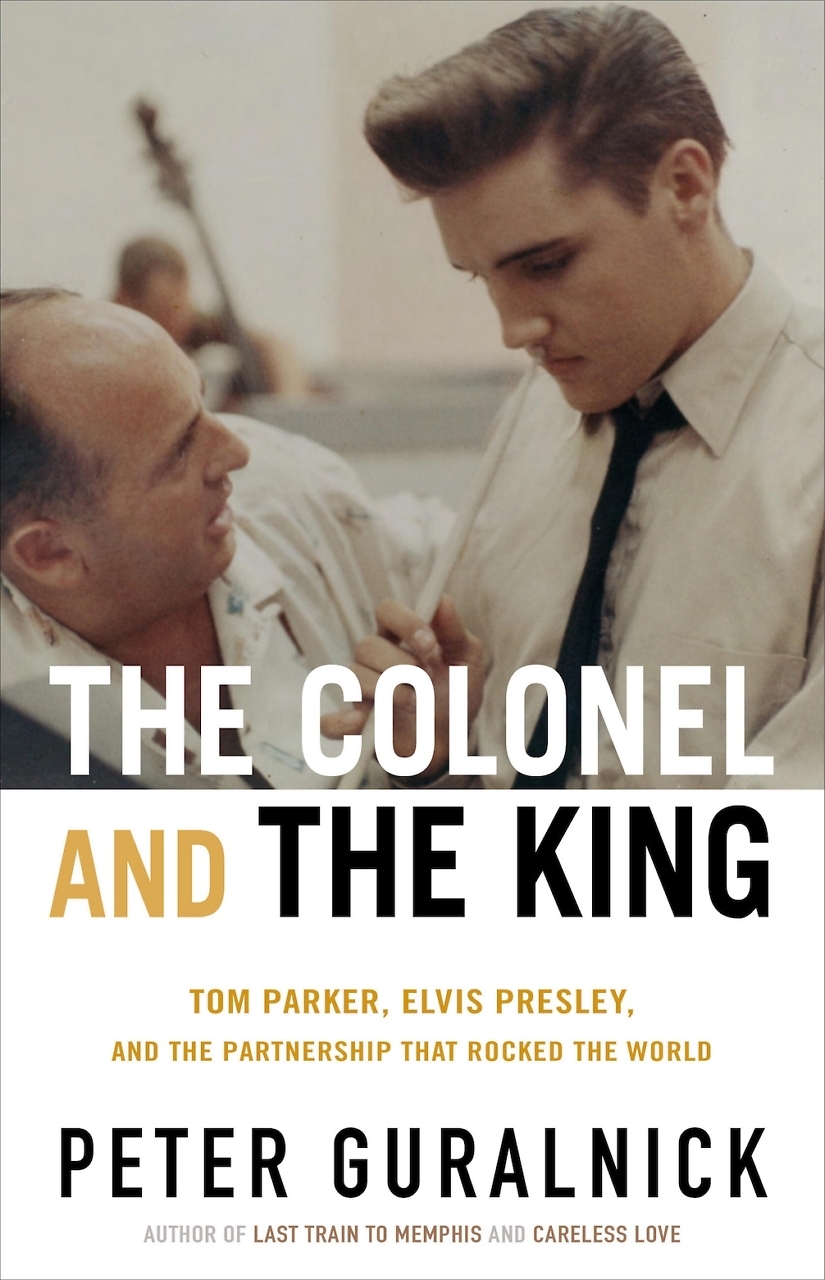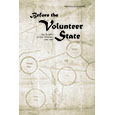A Tale of Two Families
Rachel Khong’s Real Americans explores identity and ambition
Rachel Khong’s masterful second novel, Real Americans, delves into the lives of two families of vastly different socioeconomic status, taking readers on a poignant and thought-provoking journey through dissimilar, often conflicting, perspectives. Divided into three sections, each narrated by a different character, this riveting, multigenerational tale explores the heart of what it means to be American.

The first section, which opens in 1999, is narrated by Lily Chen, the daughter of Chinese immigrants, May and Charles, both geneticists. A college senior, Lily flounders in New York City as an intern drowning in debt. When Matthew, a 27-year-old venture capitalist, asks her to dinner, she resolves to “enjoy this improbable free meal and not expect or hope for anything more.” Halfway through the date, Matthew suggests they fly to Paris that night, which they do.
Over the following months, the two fall in love. Without offering a reason, Lily breaks up with Matthew, insecure about their economic disparity. When they reconcile, Lily thinks, “I was wrong for him — we were wrong for each other. But there were also the inarticulate things, which came to mind in scents, in colors, impressions I didn’t have the language for — the rightness I felt with him.” In short order, Lily moves into Matthew’s apartment, is laid off from work, and he begins to wire money into her account each week.
“In our reflection,” Lily observes, “I saw an all-American man with a foreign woman, even though I was also all-American.” She learns, over time, that Matthew is heir to the country’s largest pharmaceutical company, named for his family, the Maiers. After Lily and Matthew marry, she has multiple miscarriages. Through IVF, Lily eventually gives birth to a blond-haired, blue-eyed boy they name Nico Chen, agreeing that “it was better not to be a Maier.” About her husband, Lily realizes too late, “He had never completely removed himself from the comfort and entitlements of being a Maier. For as similar as I’d often felt we were, we saw the world differently.”
 Part two of the novel belongs to Nico, now Nick. At 16, he lives in rural Washington with his mother and has never been told anything about his father. “We were an American family, my mother and I,” he thinks, “and yet it wasn’t American…for her to love me as much as she did. Was it Chinese? It was some synthesis of the two — elements brought together, combined to form a new compound.” Restless, he and his best friend, Timothy, agree that “college was our ticket out.” Nick feels trapped. “It was hard,” he thinks, “to love a place you didn’t choose.” At Timothy’s urging, he takes a DNA test, which would link him to estranged relatives.
Part two of the novel belongs to Nico, now Nick. At 16, he lives in rural Washington with his mother and has never been told anything about his father. “We were an American family, my mother and I,” he thinks, “and yet it wasn’t American…for her to love me as much as she did. Was it Chinese? It was some synthesis of the two — elements brought together, combined to form a new compound.” Restless, he and his best friend, Timothy, agree that “college was our ticket out.” Nick feels trapped. “It was hard,” he thinks, “to love a place you didn’t choose.” At Timothy’s urging, he takes a DNA test, which would link him to estranged relatives.
Nick is shocked to connect with his father online. Matthew shows up in person, days later, and the two forge a relationship kept secret from Lily. It’s Matthew who suggests that Nick use the surname Maier on college applications and who offers to pay the tuition. Visiting universities, Nick clocks a library at Columbia and a lecture hall at Yale both named Maier. Despite his underwhelming grades, SAT scores, and lack of extracurriculars, Nick is accepted everywhere and opts for Yale, over Lily’s pleas for him to go to a state school near home. On the east coast, he reckons with and struggles to reconcile his chosen surname and his relationship with his father, as well as his grandfather and half-brother.
The third section, set in 2030, is told from the perspective of May, Lily’s mother, as she reflects on her life. While the circumstances differ from the previous narratives (May grew up in communist China, under Mao), some of the experiences and motivations align: “I thought of myself as a lotus plant — growing from the dirtiest mud but, in the sun, untouched by the mud it originated from. I wasn’t ashamed of my upbringing, but I wanted to move forward — away from the past.” Upon falling in love for the first time, she feels profound comfort. The relationship ultimately devastates, but it’s May, like Lily decades later, who does the abandoning.
The characters share the occasional sensation of time freezing. This underscores deeper themes related to fate versus will — and the paths of aspiration, success, and disappointment that come to define a life. In the respective sections they narrate, the protagonists are suspended between delusions of grandeur and the dread of diminishing options. The three arcs consider the possibilities of freedom and failure that arise from the people, times, and places that inspired and pressured them, even if their characters are bound for the same destination: a mix of risk and familiarity, ambition tempered by fear of abandoning one’s roots, and assimilation separate from belonging.

Sarah Norris has written about books and culture for The New Yorker, San Francisco Chronicle, The Village Voice, and others. After many years away, she’s back in her hometown of Nashville.


